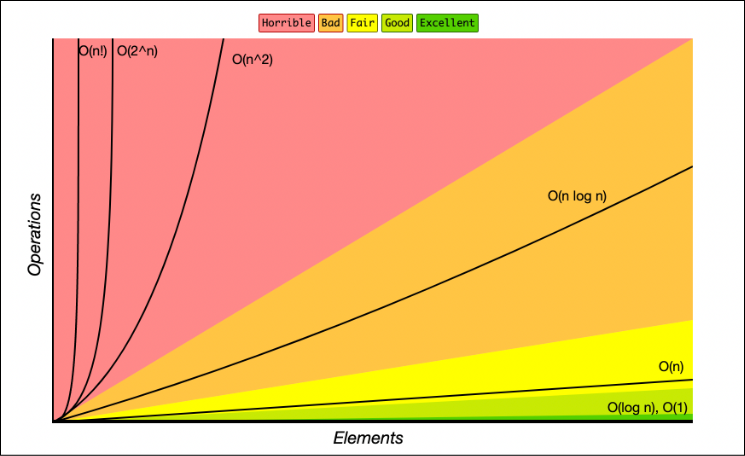this post was submitted on 01 Dec 2023
48 points (98.0% liked)
Learn Programming
1615 readers
2 users here now
Posting Etiquette
-
Ask the main part of your question in the title. This should be concise but informative.
-
Provide everything up front. Don't make people fish for more details in the comments. Provide background information and examples.
-
Be present for follow up questions. Don't ask for help and run away. Stick around to answer questions and provide more details.
-
Ask about the problem you're trying to solve. Don't focus too much on debugging your exact solution, as you may be going down the wrong path. Include as much information as you can about what you ultimately are trying to achieve. See more on this here: https://xyproblem.info/
Icon base by Delapouite under CC BY 3.0 with modifications to add a gradient
founded 1 year ago
MODERATORS
you are viewing a single comment's thread
view the rest of the comments
view the rest of the comments

I’d also add that performance needs to be balanced with readability and engineering hours, and considered in context.
I have plenty of code that would be asymptotically catastrophic, but only runs once a day on off hours over a physically limited dataset.
Your post is a very good contribution to the realization that we’re supposed to use data and rules to inform our decisions, not to stop us from thinking.